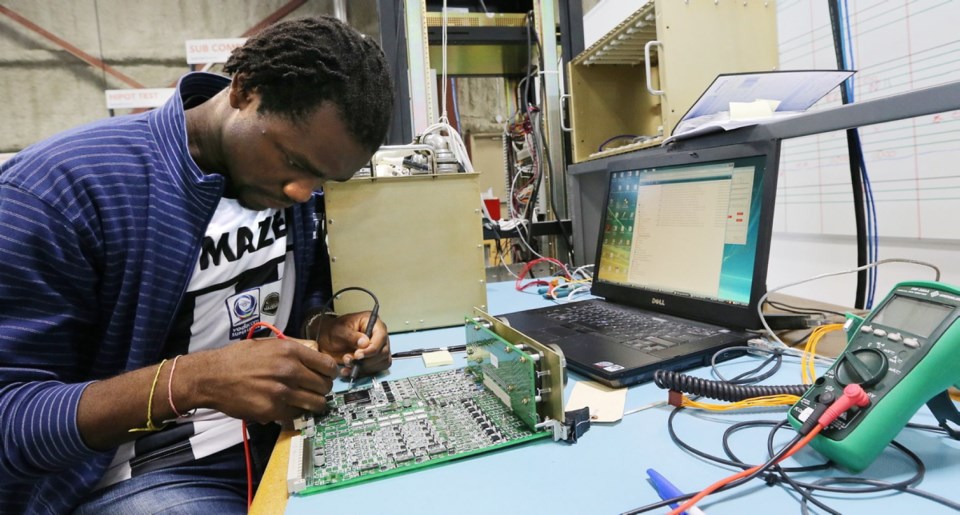Greater Victoria manufacturing firms are turning out products to export world-wide, but no one really has a firm handle on the sector’s value to region’s economy.
So a survey is being launched to develop a clear picture of those businesses and to find out what they need to survive and expand. The Greater Victoria Development Agency, Western Economic Diversification, post-secondary schools and other agencies are behind the study. The survey is part of a three-year initiative announced in April to promote international trade.
It comes as the Business Council of B.C. is urging the province to pay more attention to manufacturing and seek ways to help the high-value sector grow.
Gary Doer, Canadian ambassador to the U.S., also speaks Tuesday at a Greater Victoria Chamber of Commerce event aimed at assisting local businesses trade with the U.S.
Exporters are considered stars among the capital region business community, but no comprehensive data exists. We do know that they produce a diverse list of products for local and international buyers. Examples include airplanes, fishing gear, boats, bicycle parts, aquaculture equipment, radio communication devices and tree debarking machinery. Some are clustered around Keating Cross Road and on Victoria International Airport lands.
About 120 manufacturing companies are located in the region, said Dallas Gislason, economic development officer for the Greater Victoria Development Agency.
Manufacturing companies on the Saanich Peninsula alone achieve annual sales totalling more than $650 million, and their cumulative annual payrolls are pegged at about $110 million for more than 2,200 employees, he said.
“I don’t feel, as a region, that we really understand where our wealth comes from,” Gislason said.
“We don’t understand how important it is. You need new wealth coming into a community because of all of the money that is leaking out day by day,” he said, citing examples such as imports and retirement investments.
Economic development, whether in retail sales, commercial development, household income, is all linked to exports, he said. Boosting exports would bolster other segments of the economy as more wealth circulates.
The survey’s aim is to find out which companies are exporting, where the products go, and what their priorities are, Gislason said.
“The other goal is to figure out what sort of barriers they see in growing their exports.”
The intent is to help firms overcome roadblocks, which could means setting up programs in management training or in how to line up financing, he said.
Jock Finlayson, executive vice-president and chief policy officer for the Business Council of B.C., said it is worth examining the idea of creating a more favourable tax environment in this province to attract investment to manufacturing, as some other jurisdictions have done, he said.
“We don’t have a lower tax rate for manufacturing income as opposed to general business income.”
Manufacturing tends to have big positive multiplier in economic terms because it is export-oriented, thus creating an income stream flowing back into B.C., he said.
“I don’t think our citizens, our media, our opinion leaders and our government leaders are sufficiently conscious of the size of the manufacturing sector or its importance to overall prosperity.”
“I would certainly like to see a stronger policy focus in the provincial government in particular on the manufacturing industry writ large.”
B.C. hasn’t thought of itself as a big manufacturing jurisdiction, partly because some of these operations are seen as resource industries, he said.
BY THE NUMBERS
• Manufacturing exports are valued at $40 billion to $45 billion annually in B.C.
• The sector employs about 170,000 people in B.C. Of those, about 30,000 are in lumber and wood products manufacturing, including sawmill production, plywood, windows and doors.
• 11,500 jobs are in pulp and paper, an important sector on Vancouver Island.
• Other sectors in manufacturing include aerospace, cement and concrete, car parts, chemical products, computer-related technologies and equipment, plastics and rubber products.



